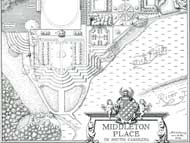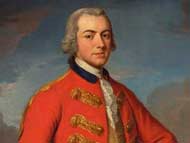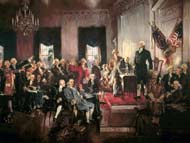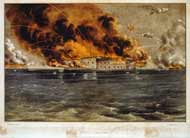The Golden Age in Charleston
The Lords Proprietors wanted the social structure of the new Carolina Colony to be based on a hierarchical system of landed gentry comparable to England’s. This was not difficult since many of Carolina’s new residents were the second or third sons of minor English and Scottish lords and nobles. However, along with this middling gentry were merchants, craftsmen, bankers, and farmers. Together these hardworking and enterprising men created an elite merchant-planter society in Charles Town.
In the early days of the Carolina Colony little distinction was made between the planter class and the merchant class – this was a later antebellum phenomenon. Marriage between members of successful planter and merchant families was common. In early Charleston the distinctions were not between merchant and planter, but between black and white and rich and poor. These enormously wealthy planters and merchants were eager consumers, happy to show off their wealth and social superiority through their plantations, townhouses, and lifestyle. Drayton Hall, Crowfield, Mulberry House, Magnolia Plantation, Middleton Place, Heyward-Washington House, and the Miles Brewton House were all constructed during this affluent time.
In their desire to emulate upper class English society, Charlestonians bought European furniture, silver, and linens. They ordered porcelain from China and architectural and garden design books from England. They created musical societies, built theaters, and established private social clubs such as the St. Cecilia Society and the Agricultural Society. They adopted British manners and sent their children to England to be educated. The years between 1720 and 1760 were a Golden Age in Charleston.
The Revolutionary War brought this “Golden Age” to an end. Charleston was occupied by British troops from 1780 until 1782. Many plantations outside the city were burned and rice production slowed to a trickle. It took nearly 10 years for the Lowcountry’s economy to recover. However, Charlestonian’s love of all things English did not die. By the 19th century, her sons were again headed to English schools to learn both the philosophies and manners. Young ladies and gentlemen traveled to Europe on the “Grand Tour.” Continental fashions were all the rage.
For the enslaved African American community, the American Revolution brought a glimmer of hope that soon faded. Many politicians and citizens recognized the incongruity between the revolution’s ideals of freedom and slavery; new calls for the abolition of slavery resounded. However, at the Constitutional Convention in Philadelphia, South Carolina and Georgia refused to join the union if the constitution formally banned slavery and no such language was added.
After the Revolutionary War, Charleston’s and the Lowcountry’s social hierarchy became rigidly land based. The elite were solely landed gentry who could afford, through the labor of others, to live a leisured life.
The first shots of the Civil War were fired on Fort Sumter in Charleston Harbor on April 12, 1861. Four years of war, siege, and defeat brought the Lowcountry’s plantation society to an end in 1865.






